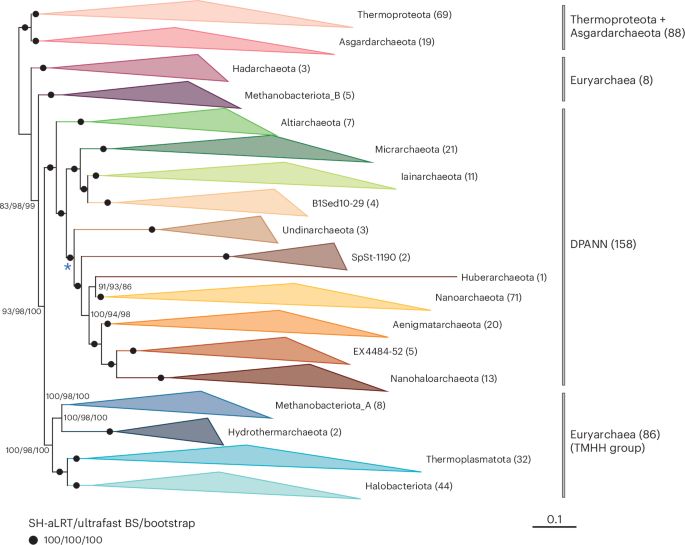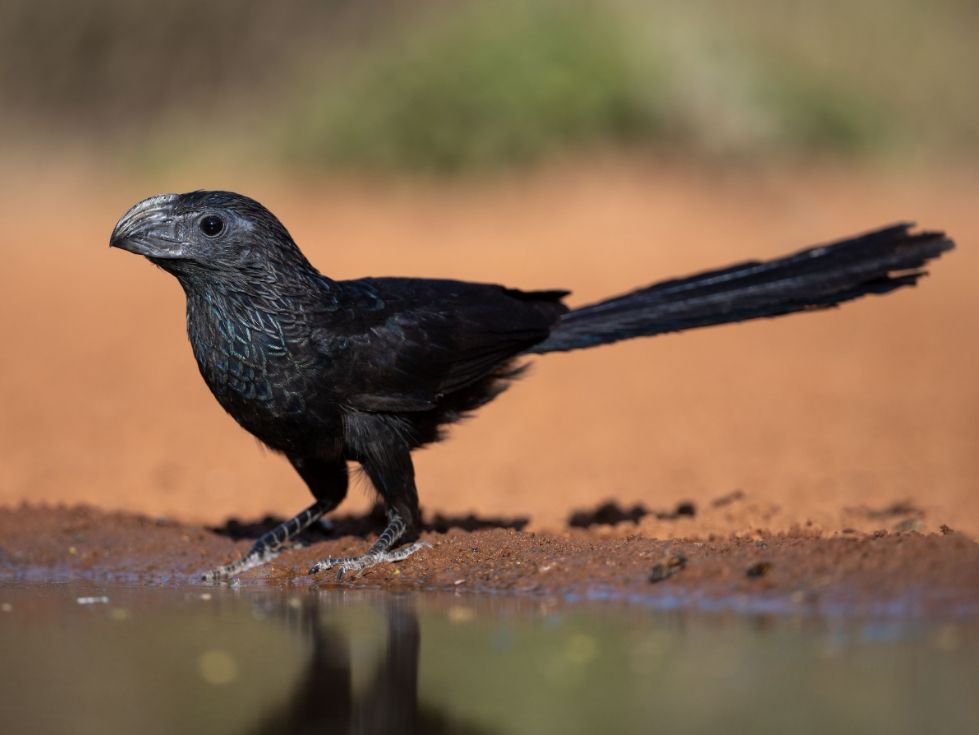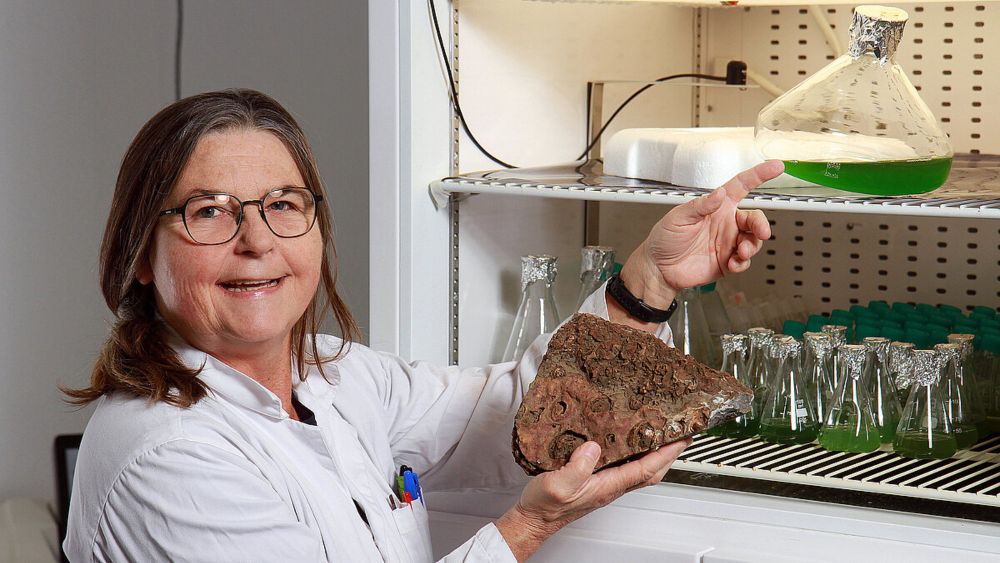Dr Joanne Boden
@earlylife.bsky.social
330 followers
70 following
21 posts
Evolutionary biologist investigating Earth history and early microbial communities. Scientist, fiancee, and nature lover (scuba diver, cyclist, and forager).
Posts
Media
Videos
Starter Packs
Reposted by Dr Joanne Boden
Laura Eme
@lauraeme.bsky.social
· Jun 17

Phylogenomic analyses indicate the archaeal superphylum DPANN originated from free-living euryarchaeal-like ancestors - Nature Microbiology
Phylogenetic reconstructions with conserved protein markers from the 11 known DPANN phyla reveal their monophyletic placement within the Euryarchaeota.
www.nature.com
Dr Joanne Boden
@earlylife.bsky.social
· May 30
Dr Joanne Boden
@earlylife.bsky.social
· May 30
Reposted by Dr Joanne Boden
Dr Joanne Boden
@earlylife.bsky.social
· May 12
Reposted by Dr Joanne Boden
Reposted by Dr Joanne Boden
Dr. Dawn Wright
@deepseadawn.bsky.social
· May 11
Reposted by Dr Joanne Boden
Reposted by Dr Joanne Boden
Emily Hunt
@emily.space
· May 8
Dr Joanne Boden
@earlylife.bsky.social
· Apr 22
Dr Joanne Boden
@earlylife.bsky.social
· Mar 25
Dr Joanne Boden
@earlylife.bsky.social
· Mar 25

Evaluating Serpentinization as a Source of Phosphite to Microbial Communities in Hydrothermal Vents
Previous studies have documented the presence of phosphite, a reduced and highly soluble form of phosphorus, in serpentinites, which has led to the hypothesis that serpentinizing hydrothermal vents c...
onlinelibrary.wiley.com
Dr Joanne Boden
@earlylife.bsky.social
· Mar 25
Dr Joanne Boden
@earlylife.bsky.social
· Mar 25












